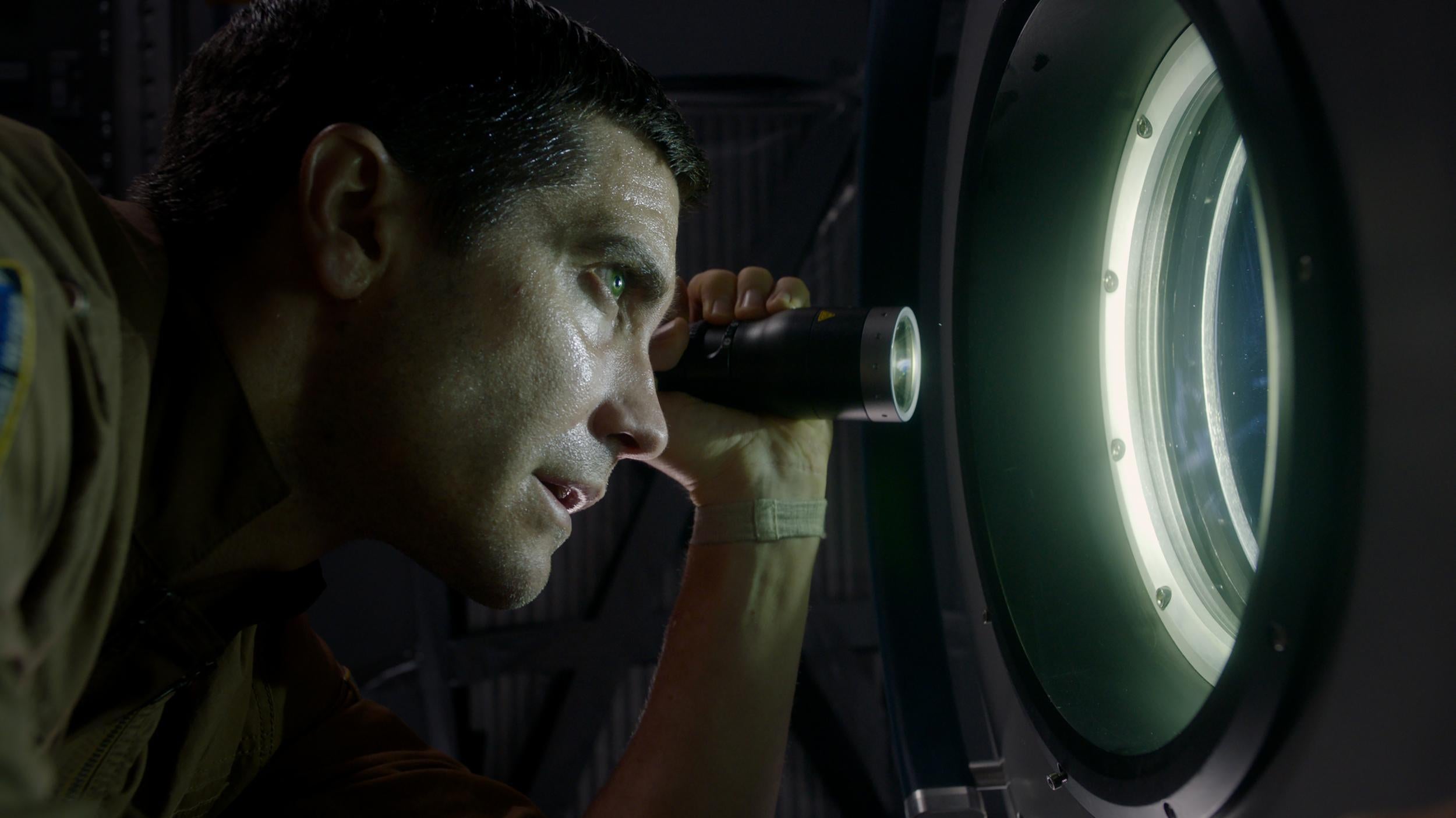What does it take to survive in space?
As ‘Life’ comes out on DVD and Blu-ray, leading UK expert in human spaceflight Libby Jackson describes the challenges of life aboard the International Space Station

Space is a hostile place, as the team of scientists discover in the tense sci-fi thriller Life. In the film, an unknown life form from Mars winds up aboard the International Space Station and threatens to destroy all aboard.
But malicious extra-terrestrials aside, space presents many obstacles for any astronaut to overcome.
At about 400km above the Earth, travelling at over 17,500 mph and orbiting the Earth every 90 minutes, temperatures on the outside of the International Space Station vary from about plus 200 degrees Celsius in the sunlight, to minus 200 degrees Celsius in the shade.
The wisps of gas that make up the extremities of the Earth’s atmosphere at this point are far too thin to breathe. Radiation levels increase the higher up you go, and particles of rocks from other planetary bodies and fragments of space debris hurtle through space, able to cause huge damage should you have the misfortune to collide.
Simply physically surviving all of this is (relatively) simple, by making sure that you are safely tucked up inside a spacecraft or a spacesuit that is designed to protect you from these threats.
But as soon as you start floating around in space, no longer feeling the effects of gravity as you orbit in a continuous free-fall around the Earth, your body will start adapting to the new environment.
All the fluid in your body starts to equalise, no longer having to fight the constant pull downwards, causing your face to go puffy and your sinuses to feel blocked.
Your balance system, which relies on fluid in the inner ear, can no long work out which way is up and down, causing nausea that can make motion sickness seem like a walk in the park– and which lasts for several days. The pressure of the fluid in your spine and around your brain can increase, possibly causing your eyeballs to change shape, affecting your vision.
Floating around in space can feel very relaxing, and it doesn’t take long for your senses to adapt to the new environment and learn how to move around. But all the floating takes its toll on your muscles and bones.

Watch Apple TV+ free for 7 days
New subscribers only. £8.99/mo. after free trial. Plan auto-renews until cancelled

Watch Apple TV+ free for 7 days
New subscribers only. £8.99/mo. after free trial. Plan auto-renews until cancelled
No longer having to keep you upright, your muscles (and your heart) all start to shrink and waste away. Without the loading on your bones, they too start to weaken and dissolve. If you were to stay in space forever, this wouldn’t be an issue.
The human body is very adaptable, and it is simply acclimatising to the new environment and making efficient use of resources. However, when you land back on Earth after several months in space, feeling the force of gravity will come as quite a shock to your weakened body.
This is problematic if you need to get out of your spacecraft on your own, should you have landed in the middle of a wild forest after an emergency departure from the station. To combat these effects, astronauts on the ISS exercise for 2 hours every day, working to strengthen their muscles and put loading through their bones. Even doing this, astronauts returning from a six month stay in space still lose about 10% of their bone mass, and it can take a year or more to recover from this.
Assuming your body can withstand the physical effects of a long duration stay in space, astronauts have to be able to handle the mental challenges of staying cooped up inside the same place for six months with just five other people for immediate company.
The ISS is about the size of a five-bedroom house, though each of the six bedrooms is the size of a broom cupboard. The environment is noisy: the result of lots of fans moving the air around so that you don’t suffocate on exhaled CO2.
The air is stuffy, recycled and cleaned over and over, with no ability to open a window for some fresh air. The water is all recycled from your urine – and with cargo ship only visiting every month or two, fresh food is a rarity, with astronauts having to live off rehydrated and long-life foods.
The commute to work is short, but the hours are usually long, with hundreds of scientific experiments for the crew to tend to, as well as performing any repairs or maintenance needed. The views from the window, however, are quite literally out of this world.
Surviving in space is hard, and only possible for astronauts thanks to the hard work of the thousands of women and men all around the world who work to build and operate their spacecraft and experiments and keep them safe and healthy.
The risks and endeavours are repaid to everyone back on Earth via the knowledge gained from the hundreds of experiments on the ISS, and the technology that is developed to support them and the crew – from new medicines and treatments, to enabling new material manufacturing techniques.
Life in space isn’t science fiction; it is all about finding out the science facts.
Life is out on DVD and Blu-ray now.
Follow Independent Culture on Facebook for all the latest on Film, TV, Music, and more.
Subscribe to Independent Premium to bookmark this article
Want to bookmark your favourite articles and stories to read or reference later? Start your Independent Premium subscription today.
